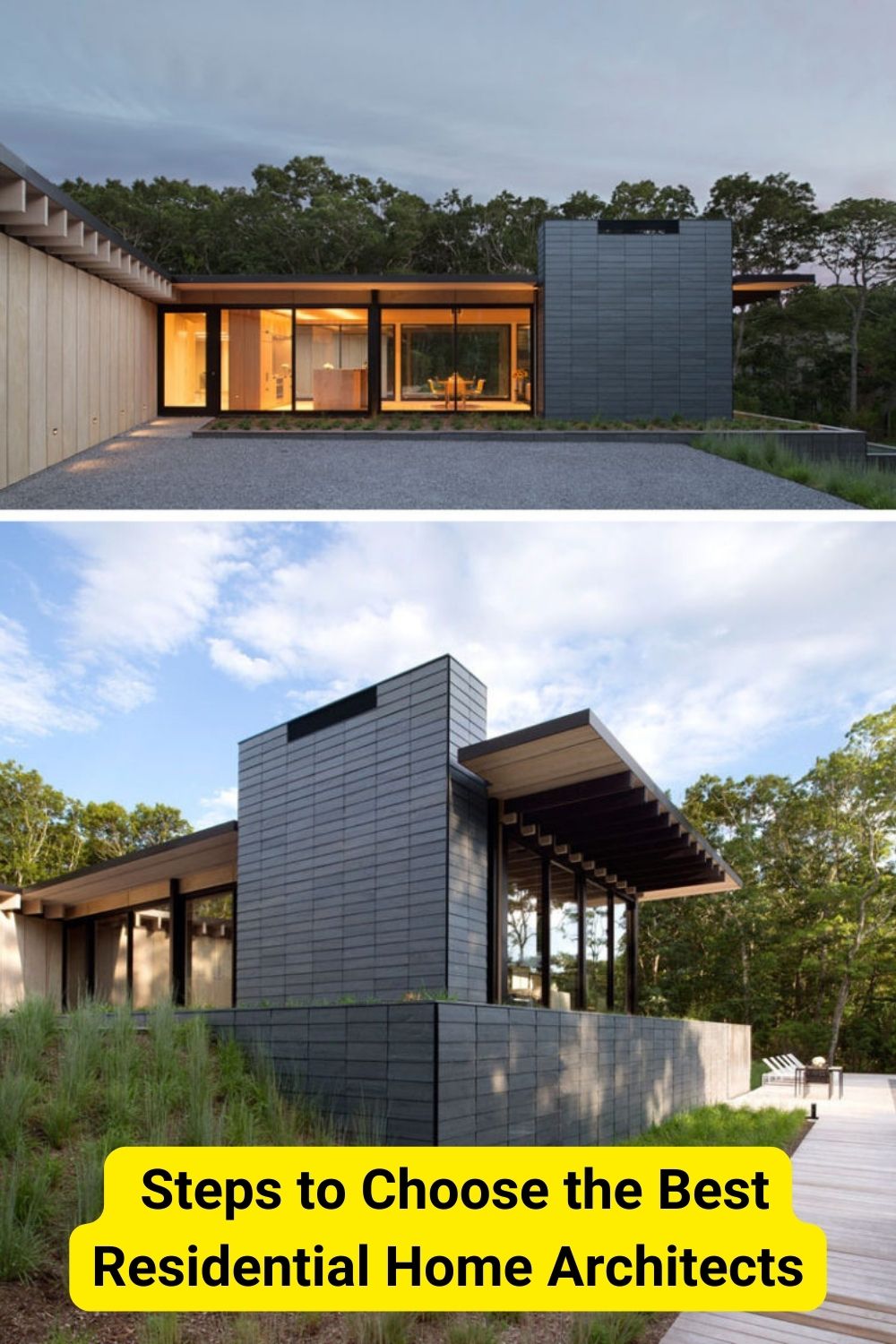Building a fence around your property helps maintain security and safety. It keeps outsiders and wild animals at bay while keeping the perimeters protected. It also sets clear boundaries between lots and provides privacy.
The most crucial factor when constructing a fence is selecting the right material. You must consider strength, durability, weatherproofing, and style to match your home exterior. To help you out, here’s how to choose the perfect fencing material that suits your property.
Know Your Options The first step is knowing your options. Fence designers and builders like Alpine Fencing Company
- Wooden Fence: Wood is a classic fencing material option. It fits most home styles by enhancing the curb appeal while protecting the property. However, wooden fences can also be high-maintenance. When properly maintained, they can last for up to 20 years.
- Chain-Link Fence: A chain-link fence is made of woven galvanized steel wire with steel posts. It is an affordable fence option for keeping your pets safe within the yard. It fits nicely in farms, works perfectly for perimeter fencing of expansive lands, and lasts up to 15 years.
- Iron Fence: Iron fences are strong and durable. This material matches elegant home designs
- Concrete Fence: A concrete fence is a labor-intensive option. However, it suits properties that need maximum security and privacy. They’re also highly durable, long-lasting, weatherproof, and easy to clean and maintain. Pre-cast concrete panels typically last for over 1,000 years.
- Perforated Sheet Metal Fence: Perforated sheet metal is used for a variety of exterior applications due to its durability and weatherproof capabilities. It’s a perfect choice for contemporary and industrial-style properties. They offer a balance between elegance, security, and privacy and typically last around 20 years.
- Vinyl Fence: This fencing material is typically made of PVC (polyvinyl chloride) or synthetic recycled plastics, which is an affordable and low-maintenance option. It can also withstand weather and lasts from 20 to 30 years. In terms of style, some vinyl fences also come in wood designs.
Knowing the best fencing material options helps you find which one suits your property.
- Consider The Location’s Climate
Fences are constantly exposed to outdoor elements, so considering your location’s climate is crucial when choosing a suitable material. For instance, properties located in regions with harsh winters and rainy autumn requires maximum weatherproofing to avoid deterioration. In these cases, vinyl fencing and steel are the best options.
For windy areas, chain-link and perforated metal fencing are ideal. These materials allow the wind to pass through. On the other hand, hardwood, concrete panels, and vinyl fences are the most suitable.
- Select Easy Maintenance
Maintenance can cost more over time, so picking a material that’s easy to clean is imperative. Low-maintenance fencing option includes iron, perforated metal, chain-link, concrete, and vinyl. Wood is harder and costlier to maintain since it requires refinishing every two to three years to keep its durability and beauty.
Selecting a low-maintenance material is ideal for properties constantly exposed to wear and tear. Doing so will help you save money from costly repairs and replacements.
- Determine Your Budget
Your budget helps you create a range of options without breaking the bank. The good thing about different fencing materials is you don’t have to spend the highest amount to get the most durable. You can have a limited budget and still get what you need.
The most affordable fencing option is vinyl. With this material, you can build a fence for as low as USD$15 per linear foot, including installation. This price is about half the cost of wooden fences and doesn’t require expensive maintenance throughout its lifespan.
- Evaluate Your Local Code
Evaluating your local code helps you determine the standards you need to comply with. Some communities also implement strict fence design and height rules to suit the neighborhood’s theme. Knowing the required height and other fencing guidelines of your neighborhood will save you from paying unnecessary fines.
Therefore, it’s best to inquire about these regulations first before choosing the best fencing material.
- Match With Your Home Exterior Design
If you are building a home around a residential property, its overall design is essential. Fencing can enhance or decrease the property’s curb appeal depending on the material, height, quality, and style.
Matching your fence with your home exterior creates a cohesive look. You can also choose one that blends in perfectly with the landscape.
- Hire An Expert Fence Designer And Builder
Hiring an expert fence designer and builder helps you choose the most suitable fencing material for your property. They can offer various options that fit your preferences, needs, and budget. Plus, they make the whole process more convenient. Once you have stated your requirements, they’ll present the best style and material choices to narrow down your options.
Conclusion
Whether you’re planning to enhance your home’s exterior features, upgrade your landscaping, or secure your living space and your family, there’s definitely a type of fence that suits your needs.
To some, the main purpose of building a fence with the right material is to keep their property safe and secure. In contrast, others wish to make their property stand out with the right fencing type and design. Whether you need to install a fence for your garden, front yard, backyard, or dog run, make sure that you maximize the space available to you.
In choosing which material to use, consider the advantages and disadvantages of each material. You must also think about your personal preferences and requirements of your household. You can choose from wood, iron, concrete, chain-link, vinyl, and perforated sheet metal.
Suppose you are still having difficulty deciding which fencing material to use for your property. In that case, it’s always best to seek the opinion of a professional contractor in your area.





Leave a Reply